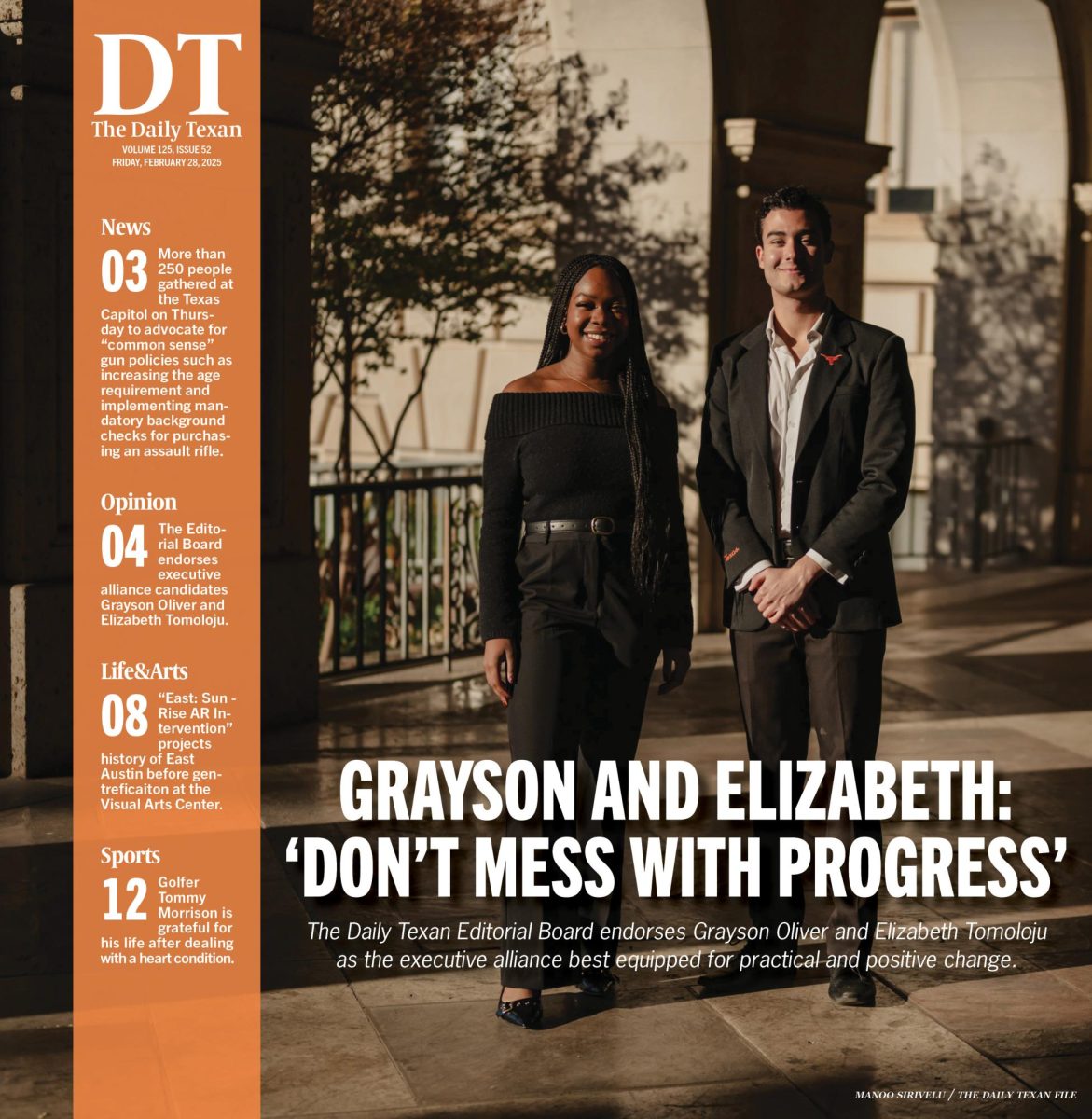Education over expenses
January 25, 2023
The end of syllabus week marks the start of a new semester in full swing. In addition to the intense stress and tribulations of class registration, new classes bring yet another hurdle for students to overcome — accessing course materials.
Required course materials are often needed for a reason. Class curriculums include readings and textbooks to introduce information and provide helpful resources for students. However, high costs of course materials can turn students away from courses and in turn, shut down vital learning experiences.
Professors should provide students with a list of alternative resources to purchase the required course materials for classes to guarantee equal access and opportunity for success to all students.
As of the 2021-2022 academic year, the average university student spent up to $1,400 on books and supplies annually. On top of tuition payments, rising housing costs and the general cost of living in Austin, paying for course materials can be financially crippling to some students.
Human development and family sciences junior Jordan Torres has 12 required textbooks to purchase for four classes this semester.
“Even though students pay to go to this school, it doesn’t mean we can all pay and afford textbooks,” Torres said.
Torres said she appreciates professors who are accommodating and understanding of the costs to students, as one of her previous professors uploaded scanned PDFs of the required readings.
Providing a list of alternative resources to find or access textbooks can help limit the already steep costs of education for students. By helping students access necessary course materials, professors can ensure all students have the vital tools for success.
UT has taken some small measures to help reduce the costs of course materials through the Longhorn Textbook Access program, which provides students with digital access to textbooks at reduced costs. However, the LTA program is only available to students enrolled in specific LTA courses, which effectively restricts the initiative to lower costs for all students.
As of January 2021, only 11 classes were enrolled in the program, and while more professors may have registered since then, the problem remains that not all students are guaranteed access.
Torres said that while some of her classes this semester are a part of the LTA initiative, she will still have to use a portion of her financial aid to cover the high cost of having so many required books.
The burden of course material costs weighs on both students and faculty, as the learning and teaching process is heavily dependent on access to these required resources.
Assistant professor in the journalism and media school Anita Varma uploads all necessary course materials to Canvas for easier and equal student access.
“I try to provide students with everything that they’ll need for the class,” Varma said. “From my faculty perspective, it creates a situation where I can be confident that all of the students have the same access because I provided that same level of access.”
Varma is one of the few professors that guarantees students equal opportunity to succeed in classes without high costs. More professors need to protect the continuation of student education by providing accessible alternatives for course materials.
Equal access should be a guarantee at a university that constantly acclaims its ranking as the top university in Texas. Students should be able to take the classes they need to succeed without having to worry about the cost of success.
DuFresne is a journalism junior from Dallas, Texas.
















